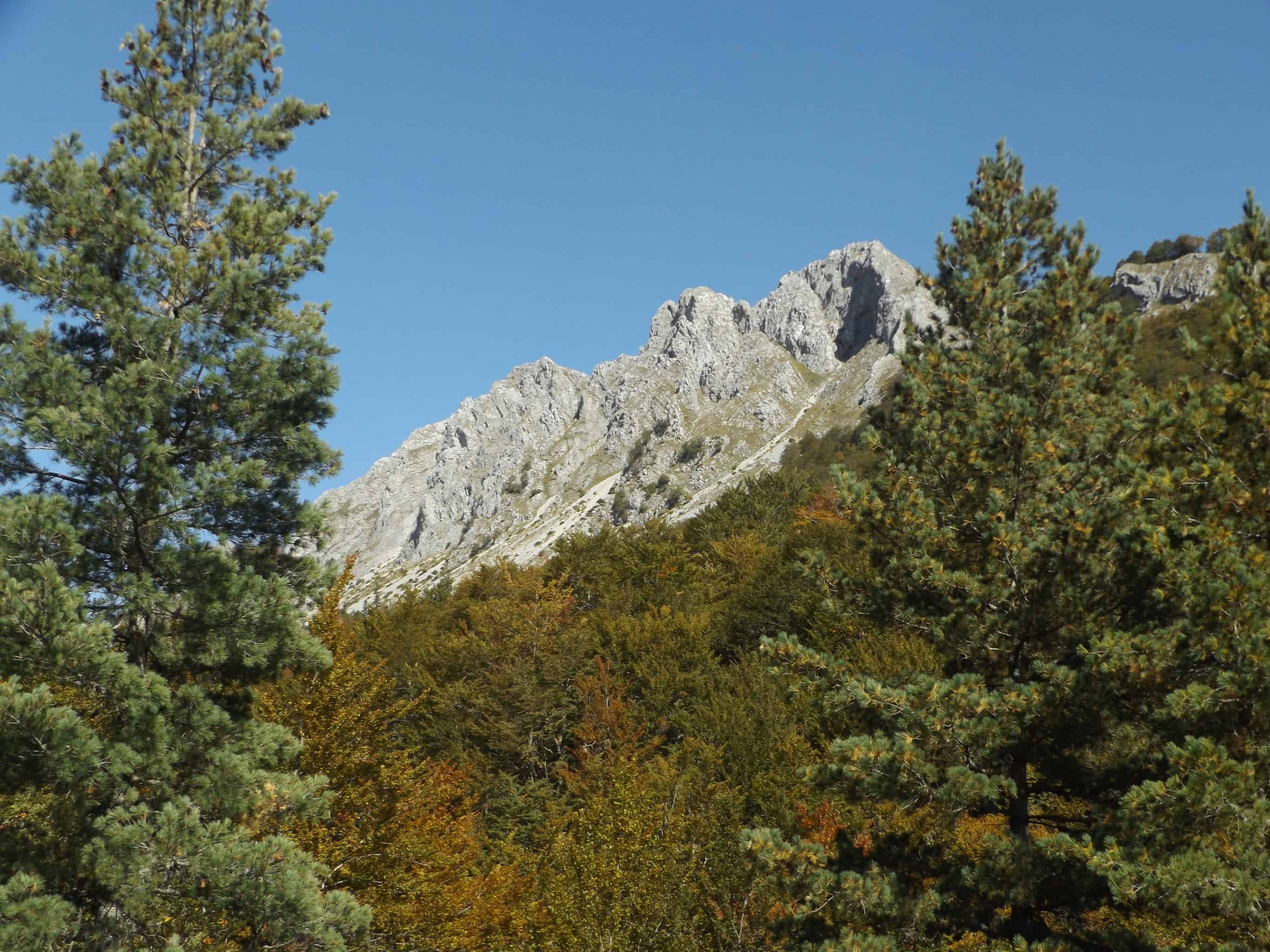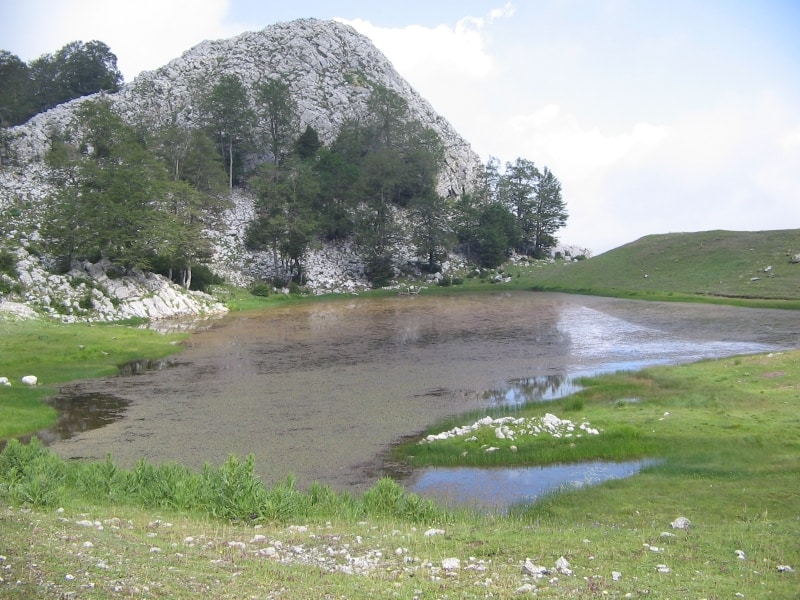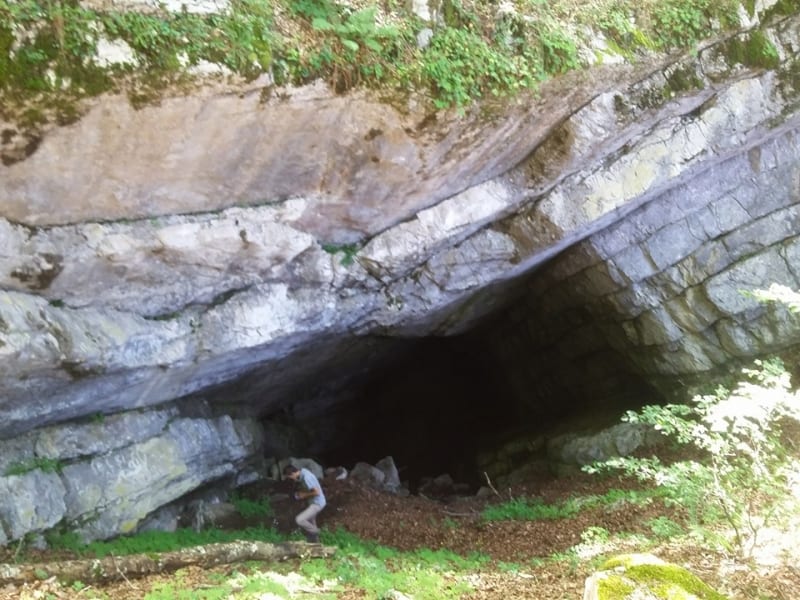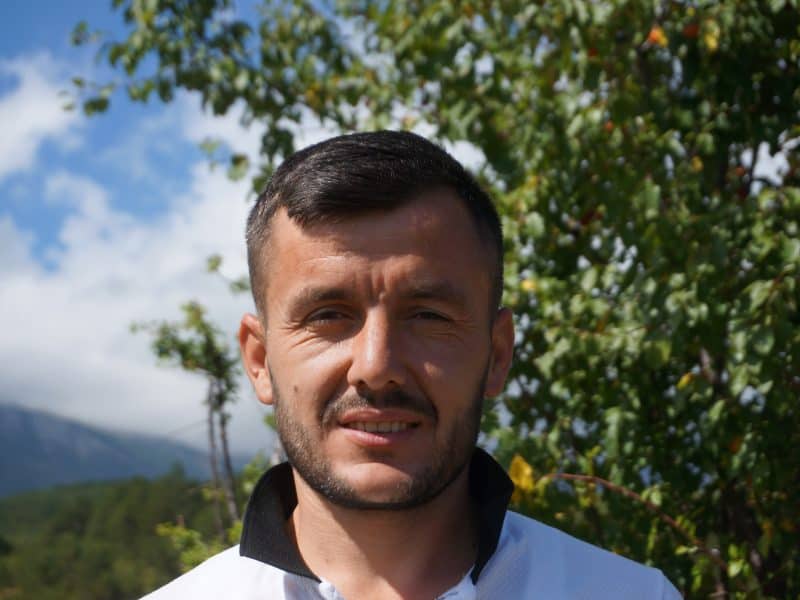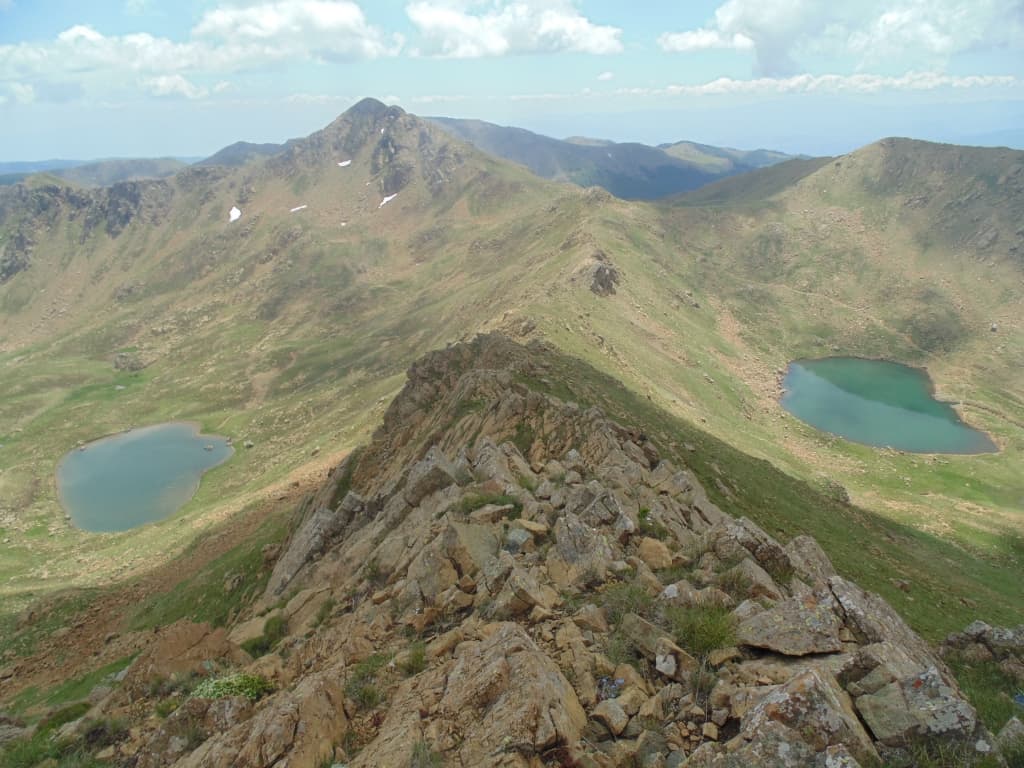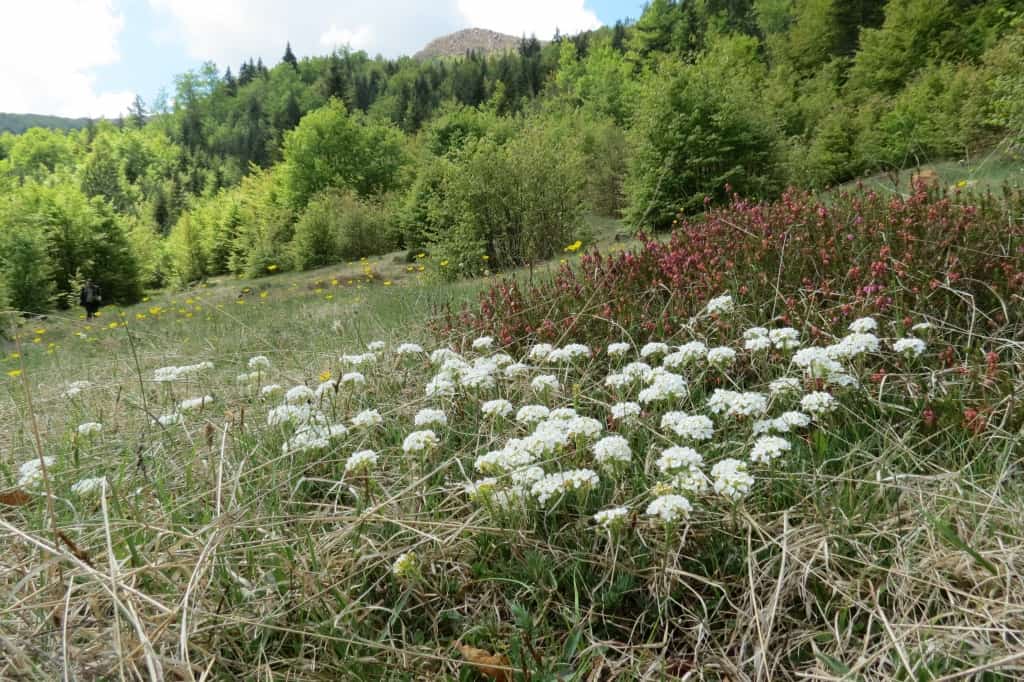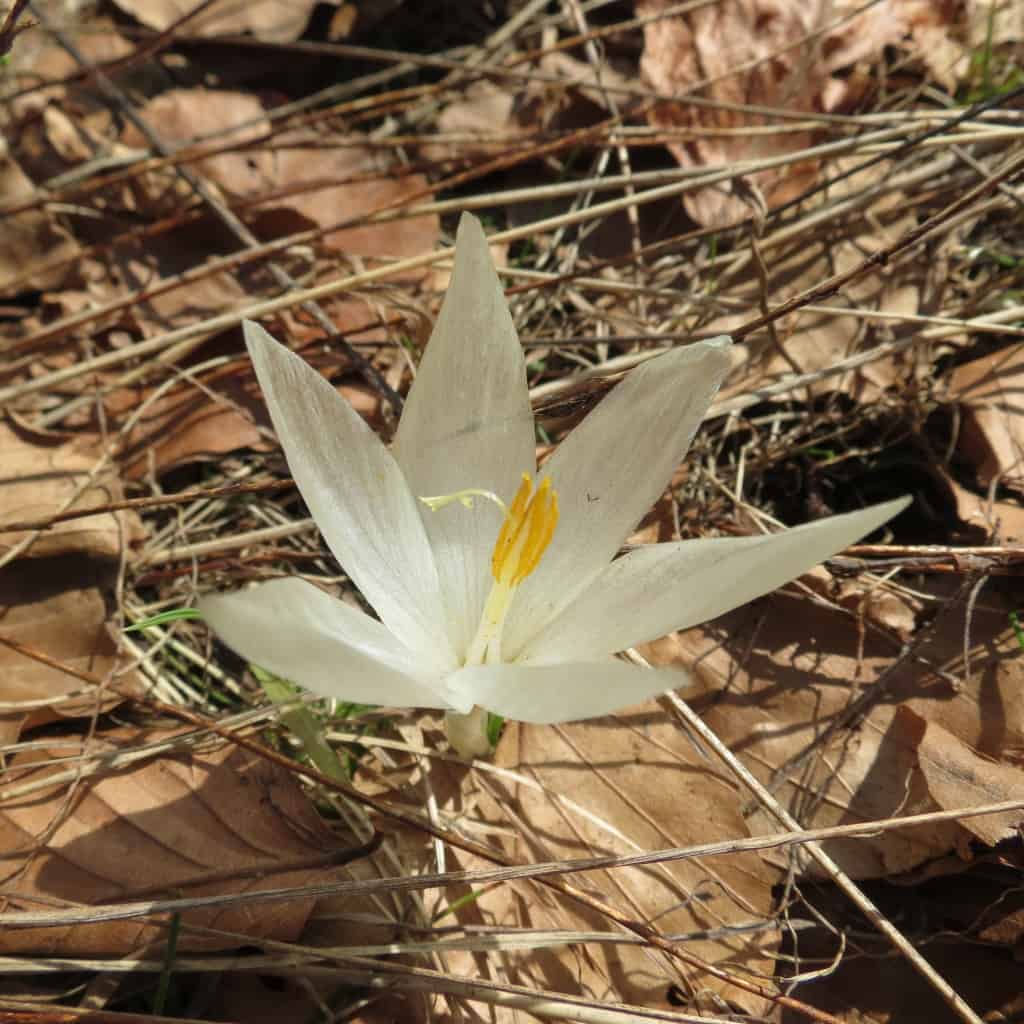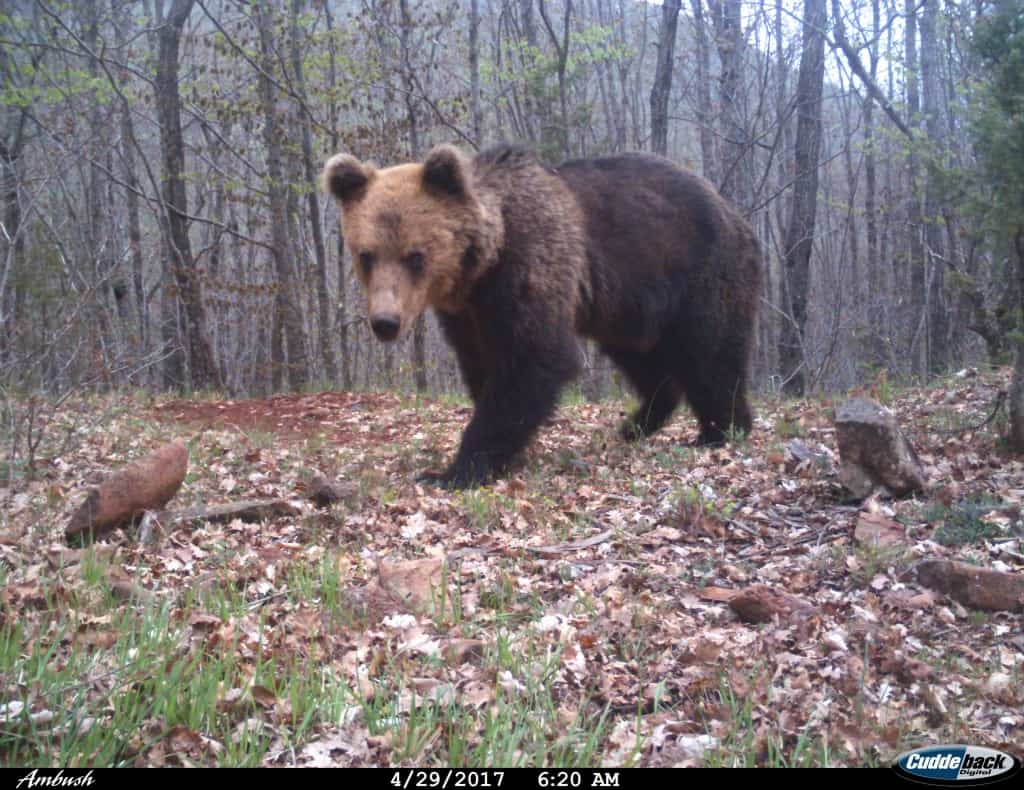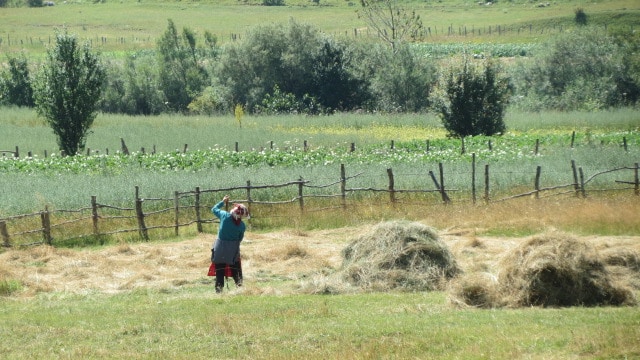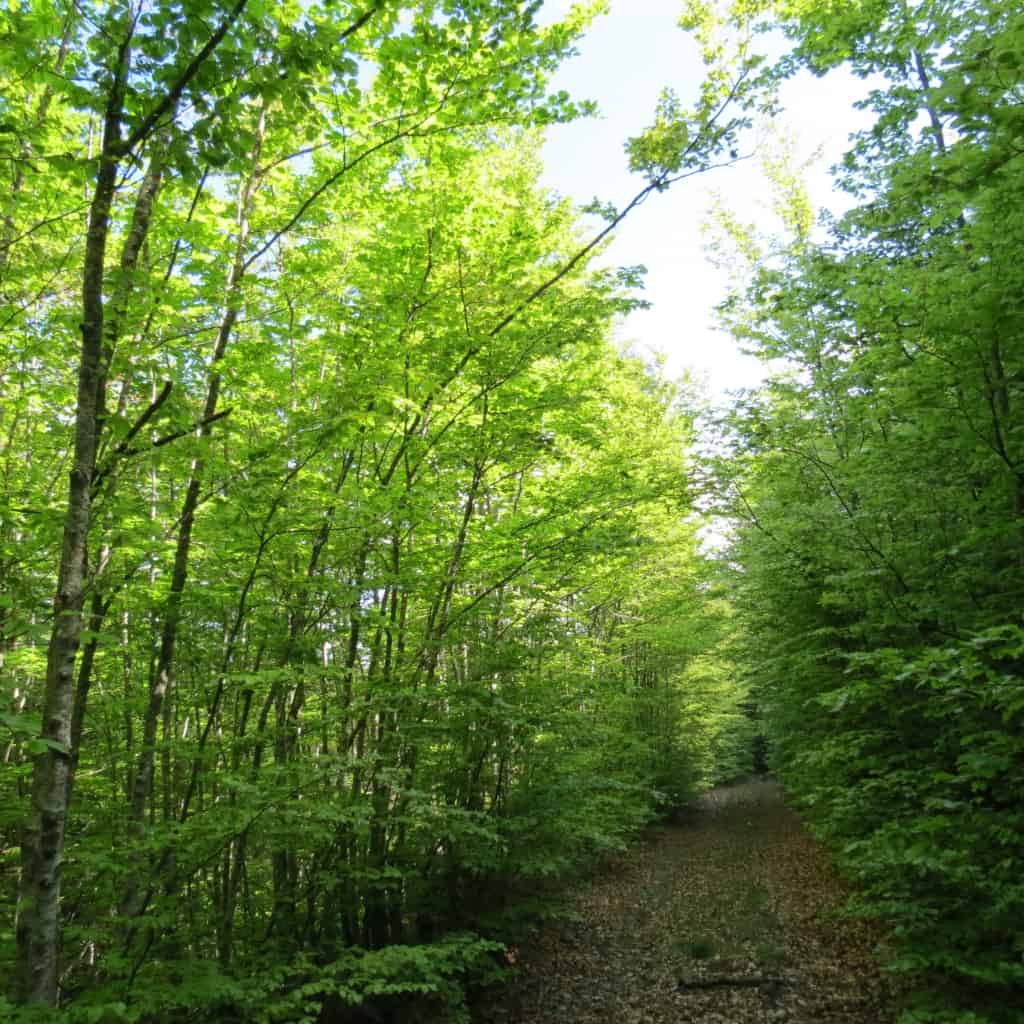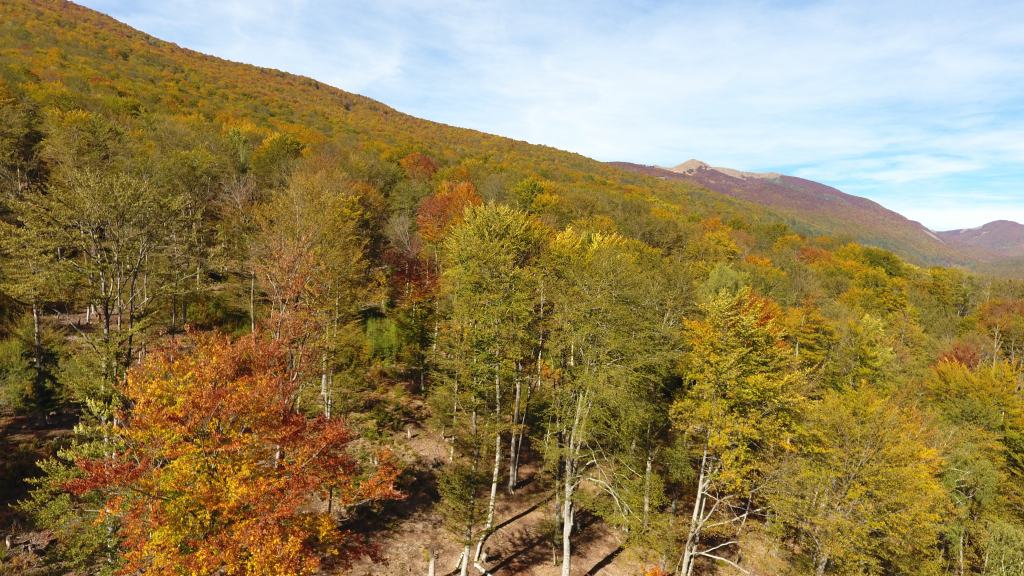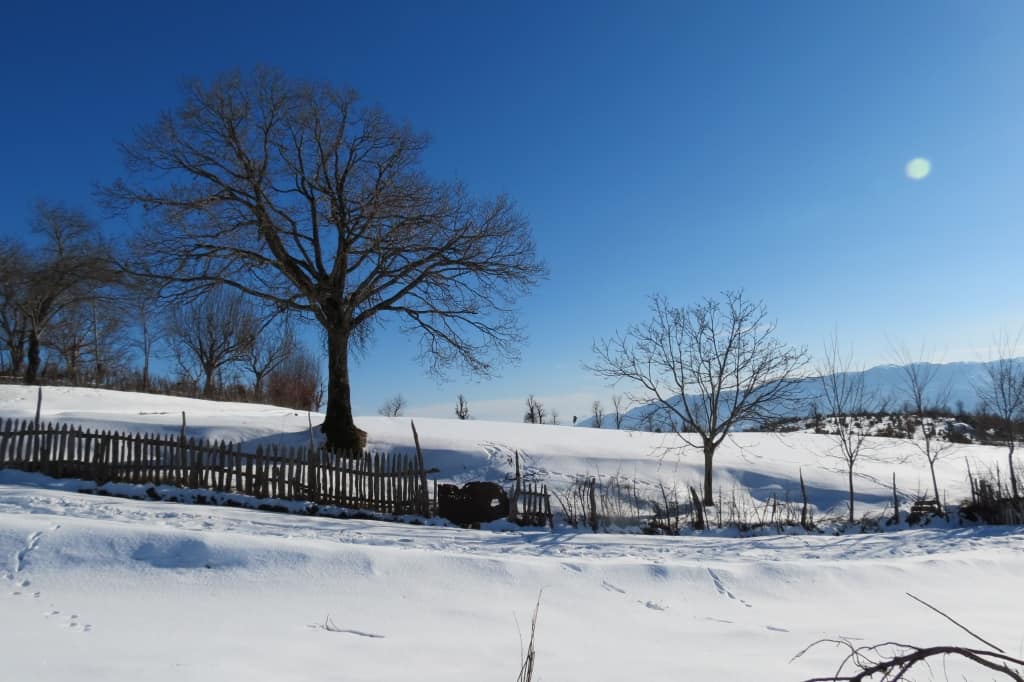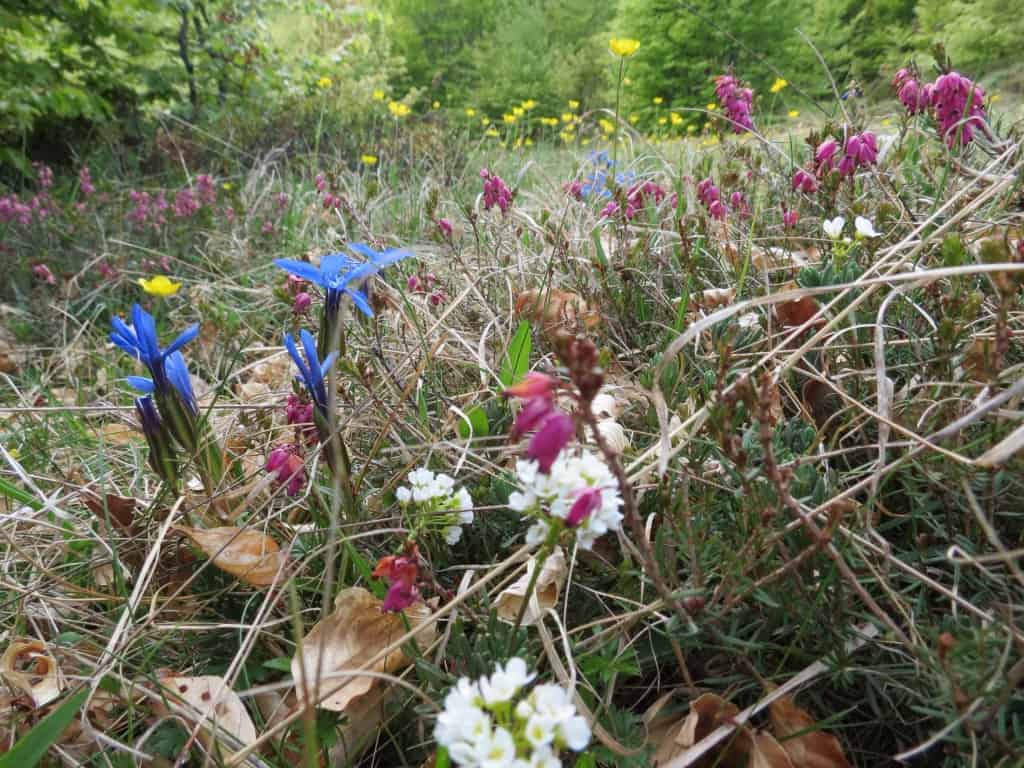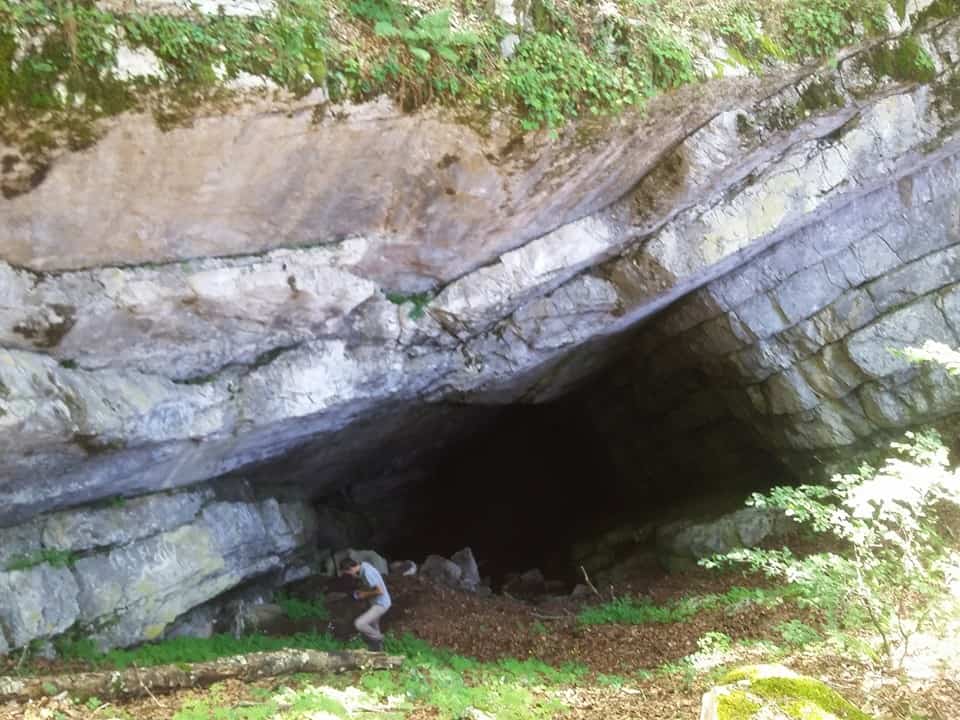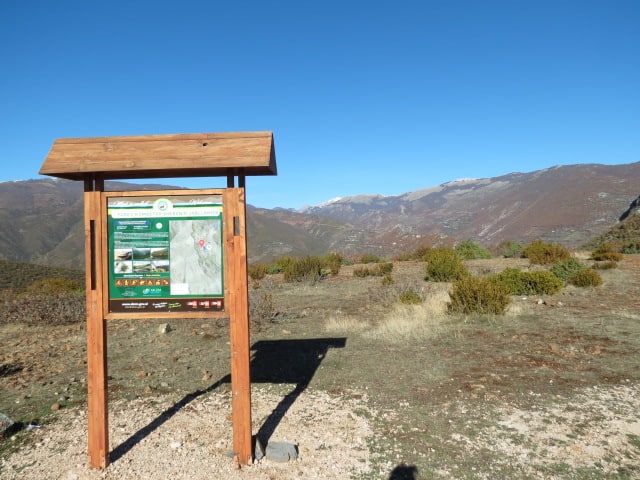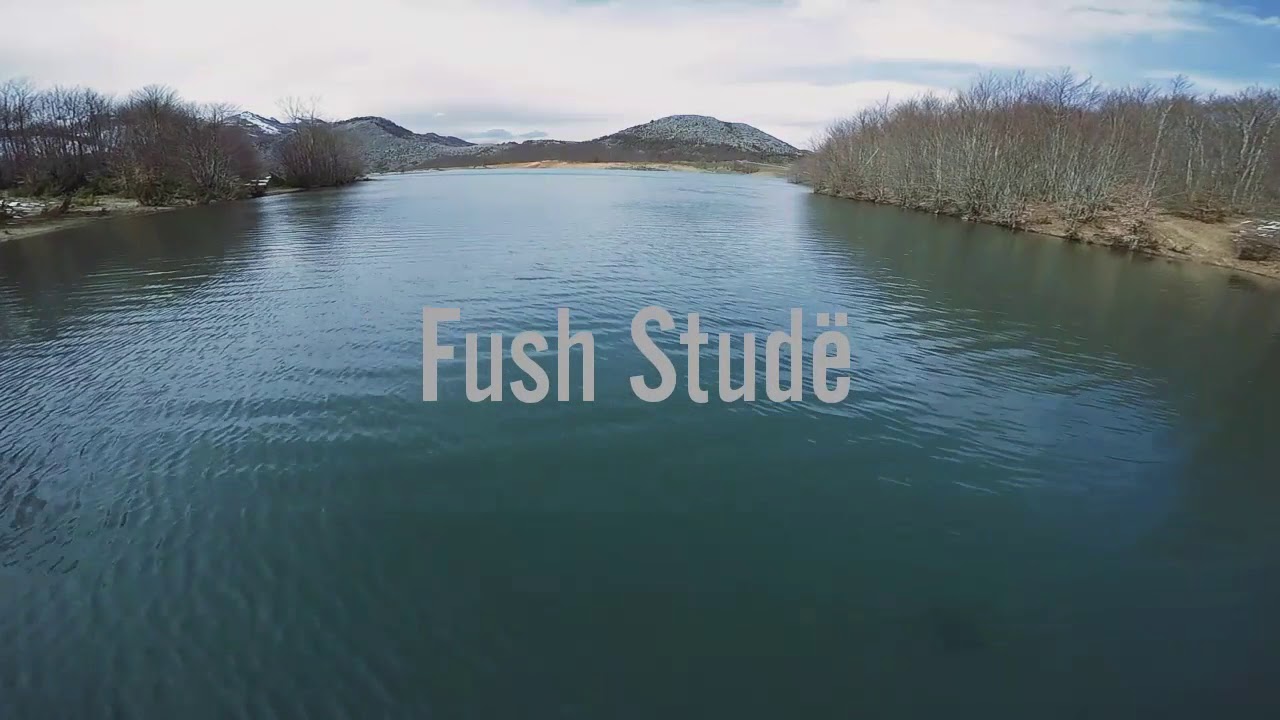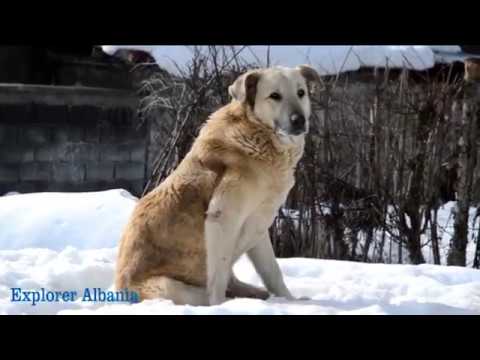Hiking tours in Shebenik-Jabllanicë National Park
Our tour guides
Shebenik-Jabllanicë National Park
The area of Shebenik-Jabllanicë ranges from 300 to 2262 m above sea level. Being located in the interior of the country the area has a continental rather than mediterranean climate.
Forests, shrublands and grasslands
In the park there are three types of land units: rangeland with forests, shrublands and grasslands. The grasslands are predominantly found at high altitudes above the tree line.
Of special interest are the Rrajca forests, because they are in the UNESCO list of the World Heritage Site of the Ahut (Fagus sylvatica, L.) (Beech) forests.
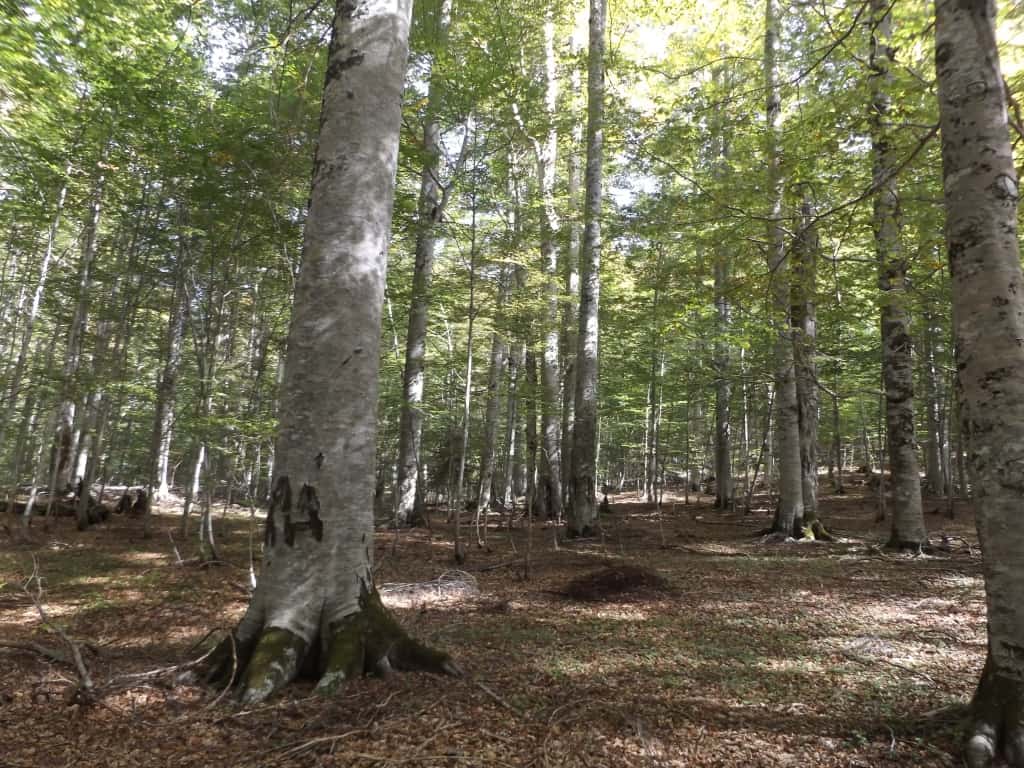
Rare plants and animals
The park specialists identified 26 plant species of particular conservation interest according to IUCN Red List.
The park provides crucial habitat for numerous important animal species like brown bear, wolf, lynx, otter, wild cat, chamois, wood mouse and lesser white-toothed shrew.
Of particular importance is the mountain trout which is found only on the Bushtrica River.
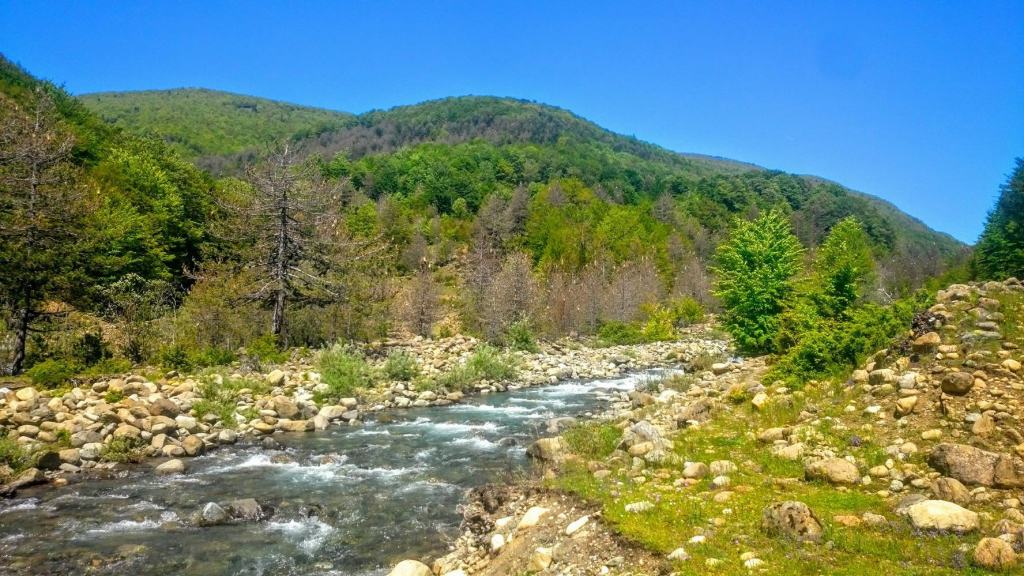
Due to its wide altitudinal range and impressive variety of habitat types the park also supports a diverse bird community, including 84 species which are strictly protected.
Agriculture in the park
Agricultural activities and agricultural and livestock products are most important in the economy and social life of the communities in the park. Agricultural land is under family ownership and accounts for one third of the park. It includes arable lands; orchards and vineyards; pastures and meadows. Livestock breeding is dominated by goats and sheep.
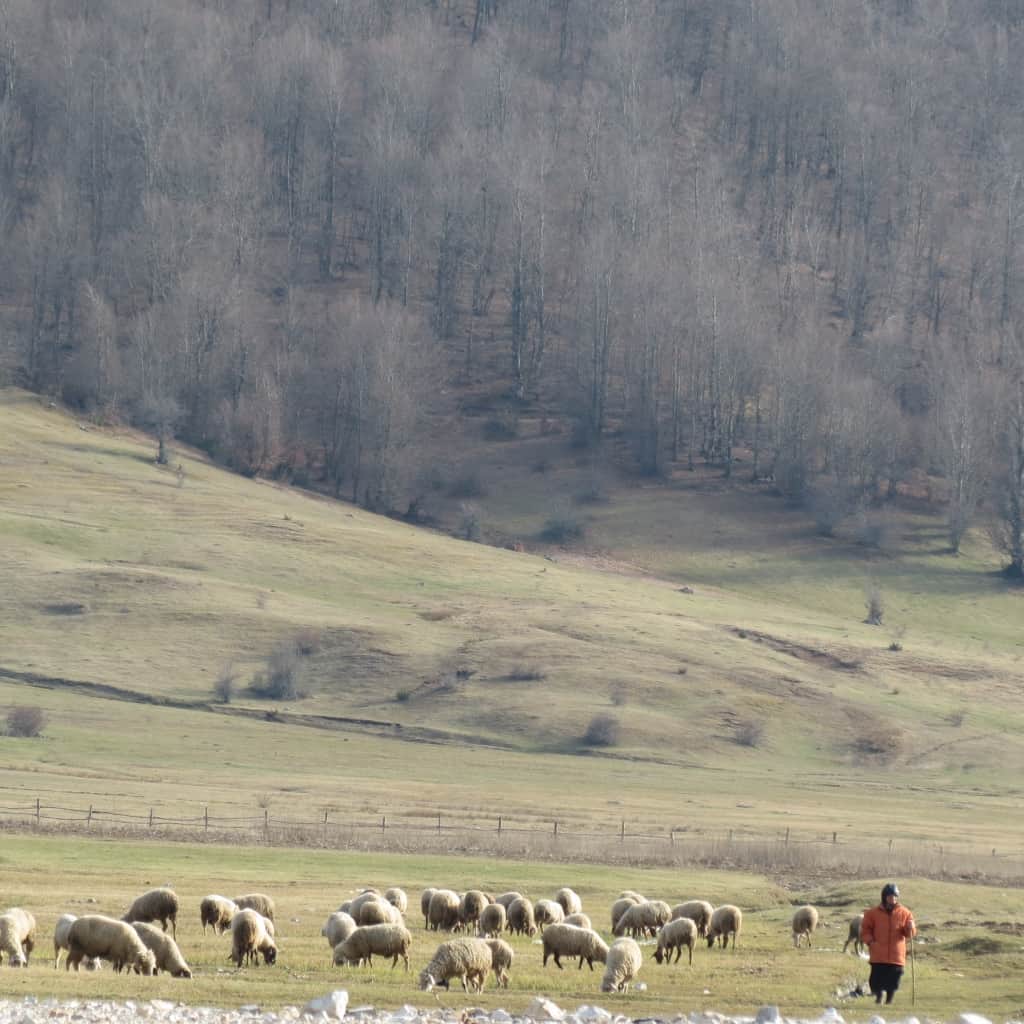
Most fruit production is for self-consumption. There is a single wine factory in Librazhd (operational since 1968, and previously the wine was well-known in Albania). Fruit is processed at home (jam, dried fruit) and is only for self-consumption.
Around ten farms own a relatively large number of beehives (from 50 to 200 beehives each). Honey production is mostly organic (produced from flowers of çai malit and chestnut).
Forests and other biological resources make an important contribution to community welfare. The park is rich in medicinal, aromatic and nutritional plants (Thymus sp., Gentiana lutea, Sideritis syriaca, Hypericum perforatum, Satureja montana and Origanum vulgare). These are mainly collected from the wild, but for some species production is augmented through cultivation.
In some areas employment in the forestry sector and in the collection and treatment of medicinal and aromatic plants are essential economic activities. Wood and timber from natural forests are the primary energy source for cooking and heating and material for rural construction. The forest area is also used for harvesting of fodder and grazing of livestock.
Highlights of the seasons
The presence of beech, birch and white fir trees creates a perfect harmony of colors in the fall season when the herbaceous coverings have a golden colour.
In winter, the area is covered by snow that reaches up to 2 m on average.
In the park’s spring, it reveals another dimension because the lattice of new forest buds and flowers in the meadows, such as different crocuses, gives a magnificent beauty to the area.
What else can visitors do here?
The Park includes a number of historical sites, such as Scanderbeg’s staircase and Scanderbeg’s table, and cultural features, such as natural caves (e.g. “Glacier”, “Christ’s” and the “Eremite” caves), some of which have paintings on the walls.
Other cultural values include the ancient village of Qukesi and the continued existence of traditional skills relating to aspects such as the carving of wood products; the manufacture of stone items such as mill stones; construction of stone houses; the manufacture of traditional costumes and the performance of traditional dances.
The Ethnographic Museum in Librazhd, although substantially damaged, represents an important local repository of cultural history and knowledge.
Nature and adventure tourism
In the park you can find paths with different levels of difficulty, trails that are marked and tables with information.
There are camping sites and in some areas there is a dairy where you can enjoy livestock products.
Special events and festivals
On 21st May every year the establishing of the National Park Shebenik-Jabllanicë is celebrated. In Fushë Studë village the park organises a fair with the local community. Women prepare the traditional food, sell medicinal plants and honey. Interesting also are local dancing and songs.
The Junior Rangers’ group together with the Rangers of the park work together during these days, to promote the values of the park for the guests and organize games and competitions for children from the region.
An annual cultural fair is held in Dorez, Rrajce, Stebleve, Librazhd and Katund, where a variety of cultural cultural features can be seen and experienced as part of touristic attractions.
Videos from the park
View video Liqenet Akullnajore te Shebenikut on YouTube
View video Mali Shebenikut 2260m. Parku Kombetar Shebenik – Jabllanice. Librazhd. Albania on YouTube
Text and photos: Shebenik-Jabllanicë Nationalpark & Ornela Poçi

